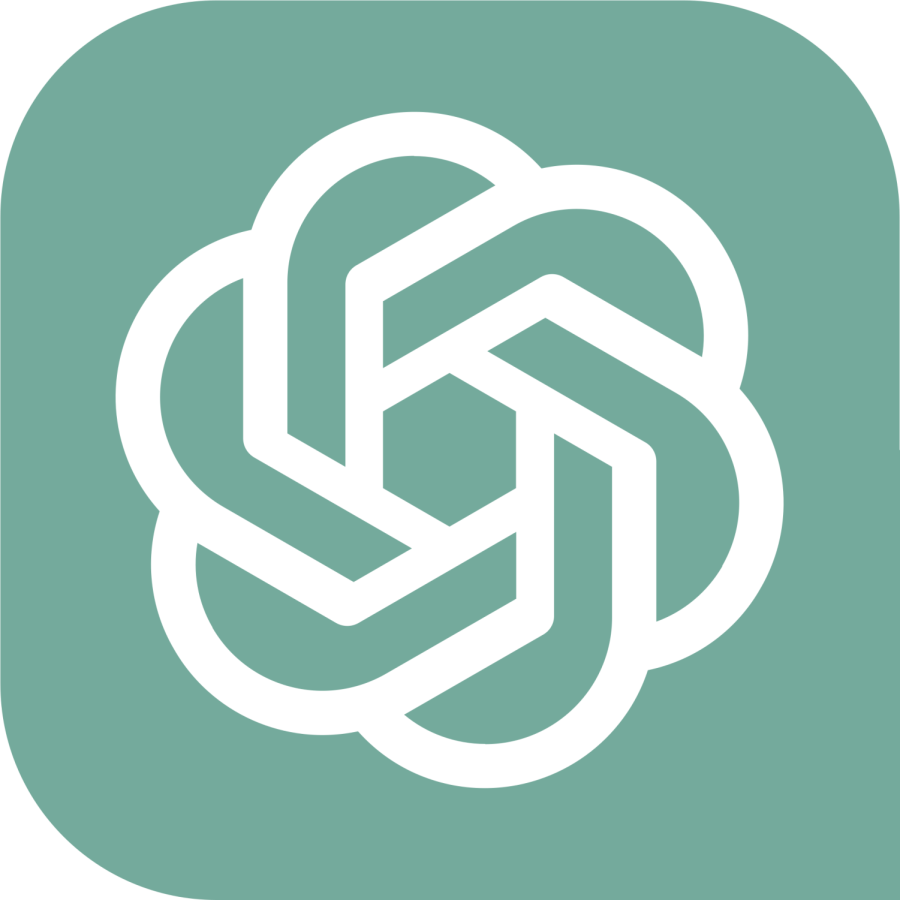ChatGPT and Detecting AI Creations
March 17, 2023
In recent years, the growth of advanced Artificial Intelligence (AI) technologies such as ChatGPT has had a profound impact on many areas of society. As a large language model developed by OpenAI, ChatGPT has the capability of generating human-like text, providing information on a wide range of topics, and answering questions. As students and teachers turn to ChatGPT for assistance with schoolwork, questions about the integrity of the work produced have risen. While ChatGPT can provide accurate information and generate text that is grammatically correct, it lacks the ability to understand the context and nuances of the material. This has led to a decrease in the quality of schoolwork produced with the help of ChatGPT, as well as the potential for academic dishonesty. When students use ChatGPT to complete assignments and write essays, they are missing out on the critical thinking and problem-solving skills that are essential to educational success. Furthermore, teachers and professors may not be able to identify the use of ChatGPT in student work, leading to potential violations of academic integrity. In a poll, 20% of Roosevelt students who responded admitted to using ChatGPT to cheat on schoolwork.
Now, you’re probably thinking, “There’s no way an AI can write well enough for it to be worth using for school.” But what if I told you that everything written before this paragraph was from an AI? Scary, right? So how can teachers and students differentiate between human and AI-generated text? There are several signs that can indicate if a text was written by an AI. These signs include flow, simplicity, grammar, and the absence of quotes. The flow of AI-generated text tends to be too smooth and lacking in natural variations, which helps to differentiate it from human-written text. Simplicity is another as AI tends to stick to general terms to avoid mistakes. Human writing is often more specific, with added statistics and other details. Grammar is also a significant giveaway of AI-written text, as AI-generated text often contains one or two words that are not quite right. For example, an AI might write “Actually, really” which wouldn’t make sense.
Finally, the absence of quotes is another sign of AI-generated text. AI avoids using quotes due to the risk of attributing them incorrectly. This can result in the lack of quotes, incorrect quotes, or quotes that are not properly attributed. ChatGPT is a powerful tool that offers the ability to write an essay in seconds and is free for anyone with internet access to use. However, its ease of access, combined with the fact that schools can’t block access on students’ phones, means that there is only so much schools can do to prevent students from using AI text generators like ChatGPT to cheat. A human can even write something on their own, and then use ChatGPT to reformat it. The AI can incorporate quotes and information as long as the original writer included them. This article even uses this strategy across a few paragraphs. This level of nuance makes it even harder to differentiate AI from humans. This is why it’s important for us to learn how to recognize AI-generated text and punish those who use it for unethical purposes, such as writing essays with the intention of cheating on schoolwork. However, using AI to support learning, such as helping to format a script, should still be encouraged, as long as the student credits it. Identifying the distinction between text generated by AI and text written by humans can seem challenging, but with the right knowledge of what to observe, these differences can be easily noticed, for now.




